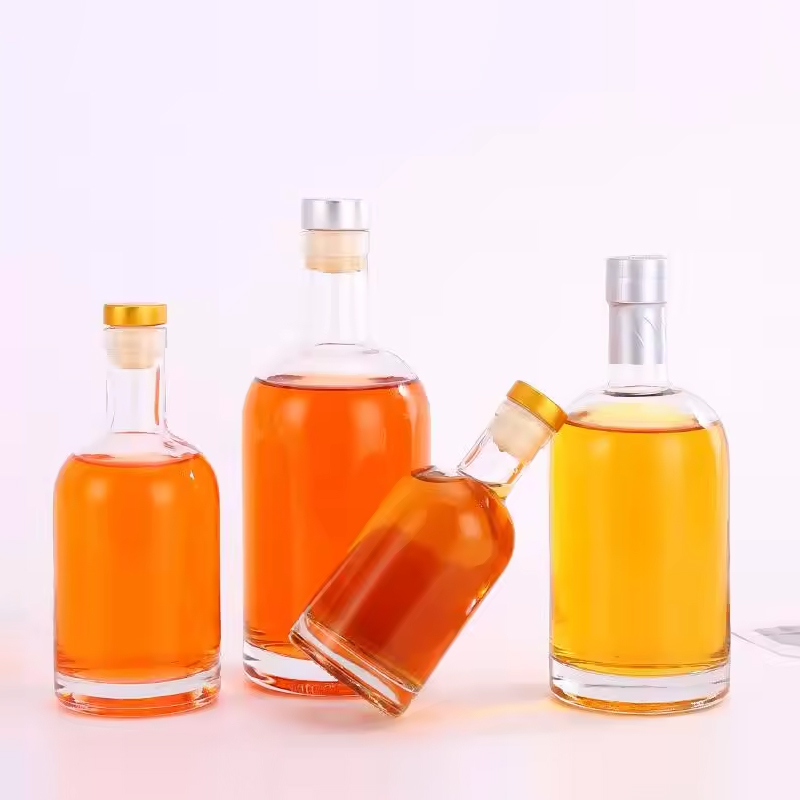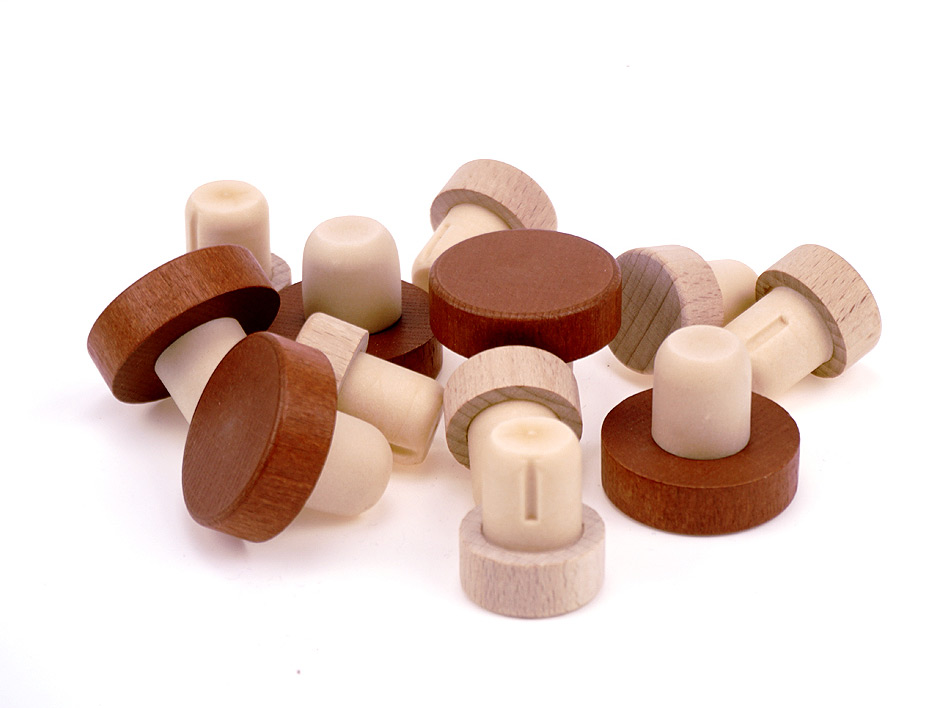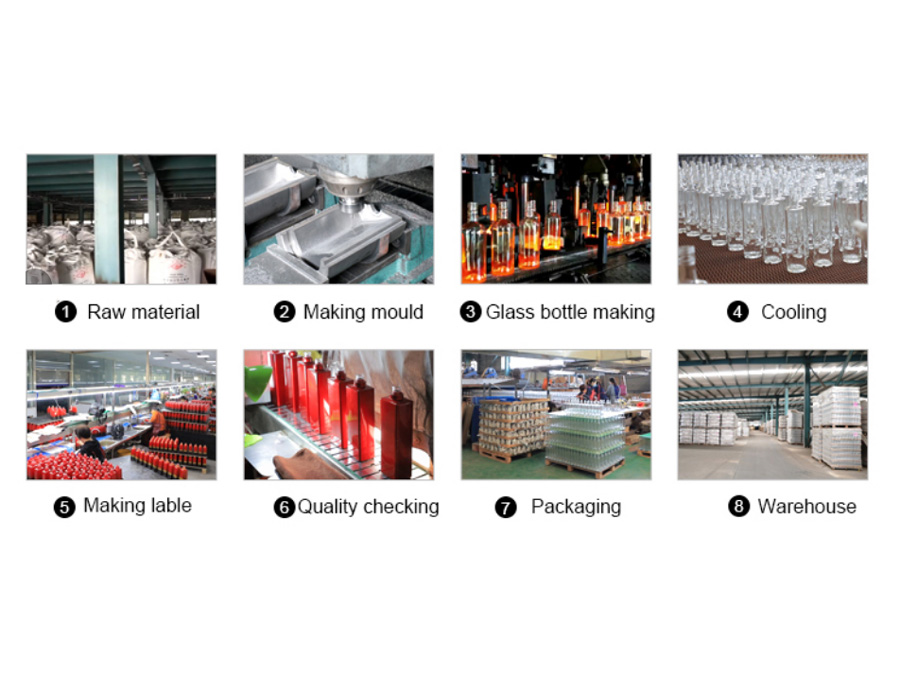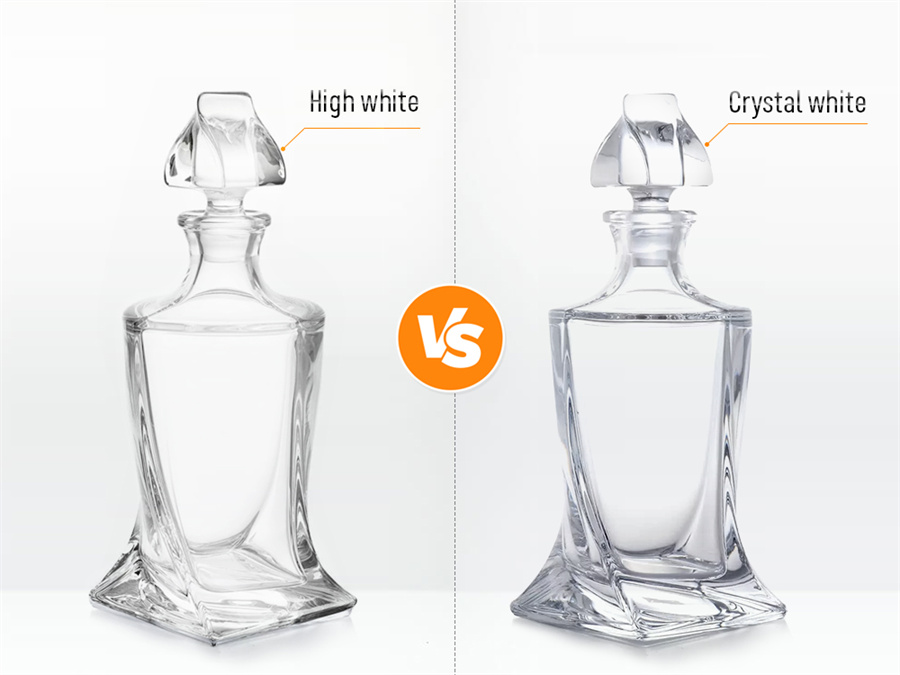Brilliance Glass Manufacturing Factory tells you the glass bottle production process
The production of glass bottles is a complex and delicate process, including multiple steps such as raw material preparation, glass melting, molding, cooling, inspection and packaging. The following is the general production process of glass bottles:
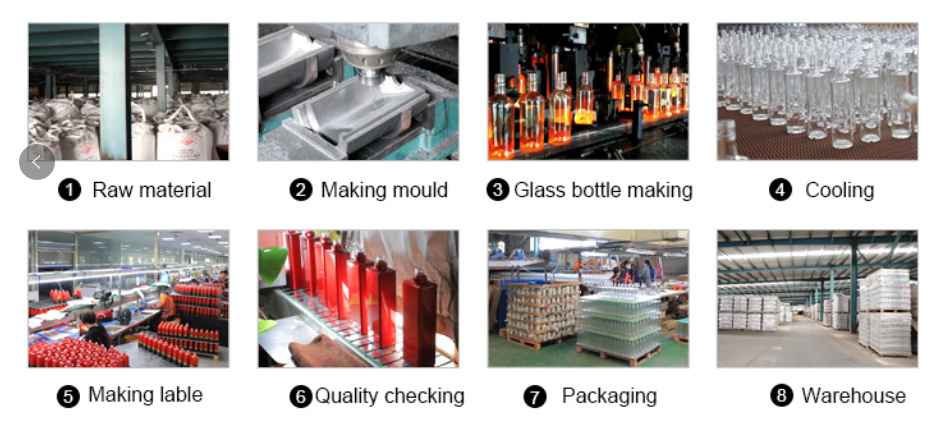
Raw material preparation:
The main raw materials include quartz sand (silica sand), sodium carbonate (caustic soda), limestone and alumina.
These raw materials are mixed according to a specific recipe and ground to form the base ingredients of the glass.
Melting:
The mixed raw materials are fed into a high-temperature furnace where they are melted, usually at temperatures of hundreds of degrees Celsius.
The molten glass liquid is cooled to a certain extent to form a glass blank.
Forming:
The glass blank is fed into a forming machine, which typically includes a glass bottle forming machine, bottle blowing machine or calender.
The glass blank is shaped into the shape of the bottle by heating and blowing air.
Cool down:
The formed glass bottles go through a series of cooling processes, including air cooling and temperature gradient control, to ensure the uniformity and stability of the glass.
Trimming and Decorating:
The cooled glass bottles may need to be trimmed, where imperfections or excess parts are removed.
Some bottles may be decorated, such as spray-painted, labeled, or hot-stamped.
Test:
Glass bottles undergo rigorous inspection to ensure their quality meets standards. This may include inspection of appearance, size, thickness and transparency.
Package:
Qualified glass bottles are packed and prepared for shipment to the point of use, usually in boxes or pallets.
The entire production process requires strict quality control to ensure that the final glass bottle meets relevant standards and customer needs.







